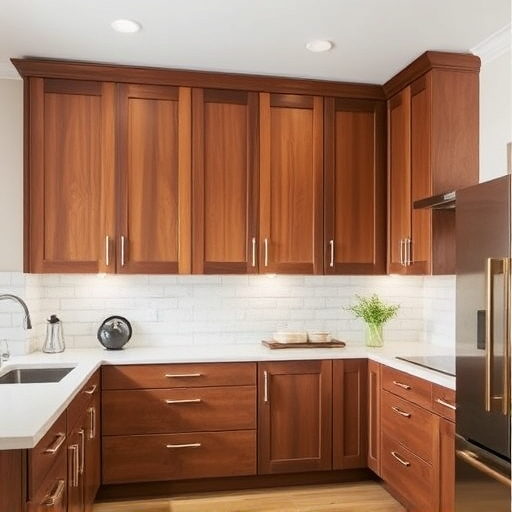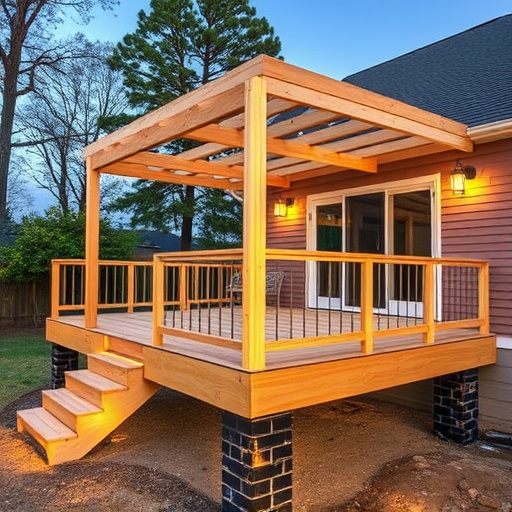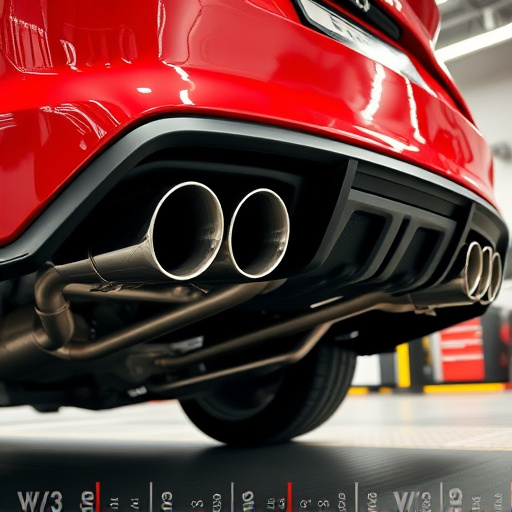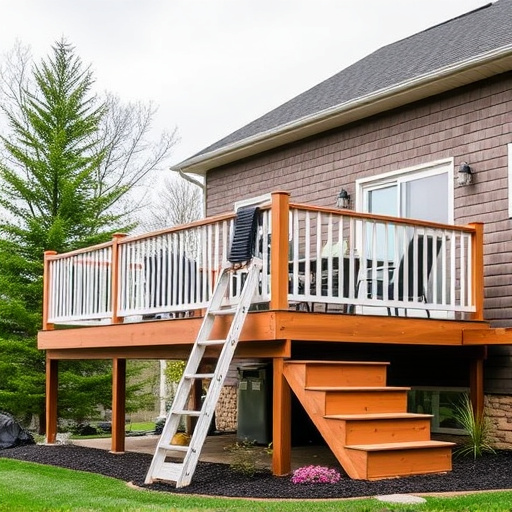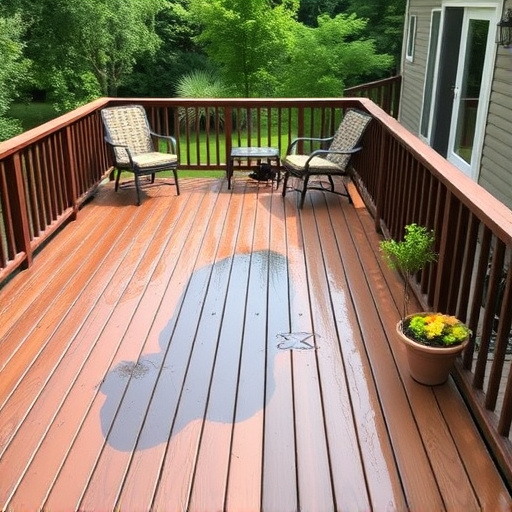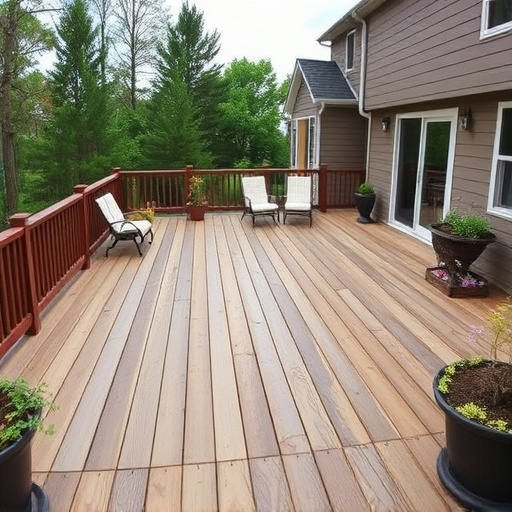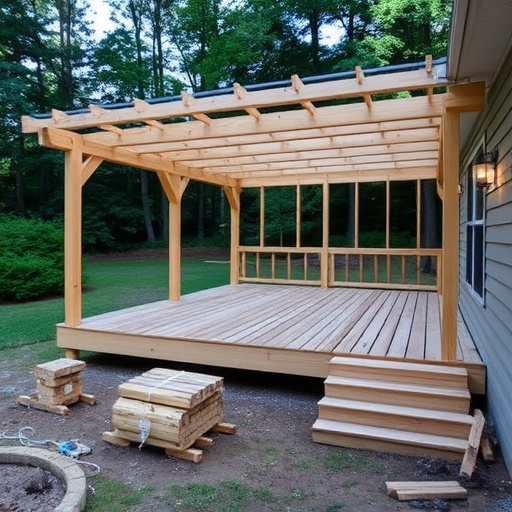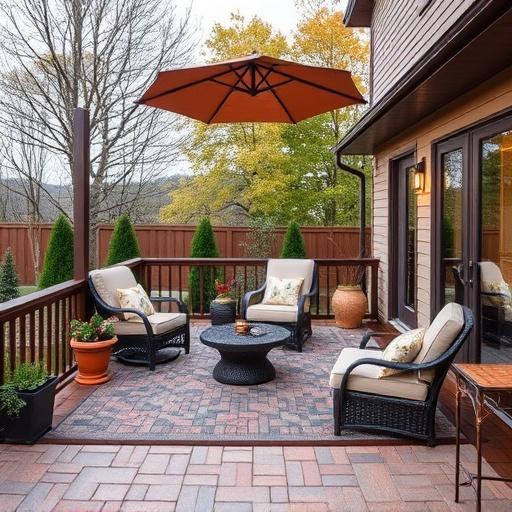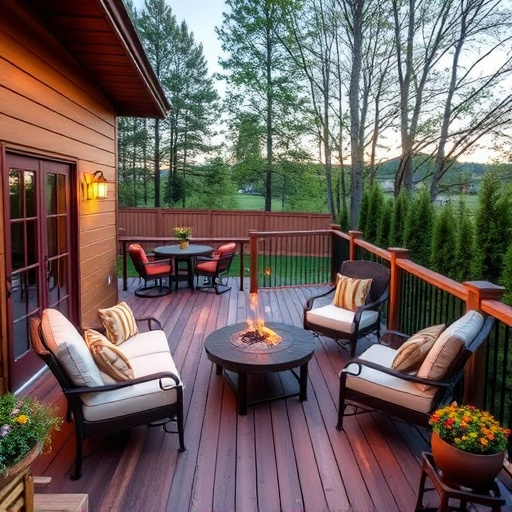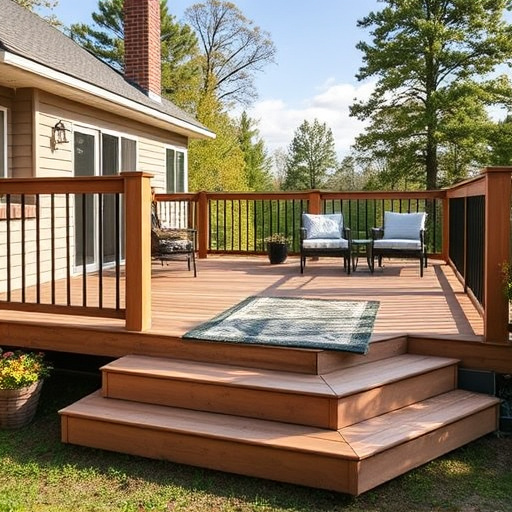Choosing the right materials and design for your deck railing is vital for both safety and aesthetics. Opt for high-quality, durable options like stainless steel, aluminum, or composite materials to ensure longevity and resistance to various climates. Coordinate your railing with local building codes and complementary home services for a safe, stylish addition to your outdoor living space. Regular maintenance is key to preserving your investment.
“Avoid common pitfalls in your next deck railing installation with our comprehensive guide. From material selection to safety features, this article ensures you create both a secure and aesthetically pleasing outdoor space. Learn how to choose the right materials for your climate and style, master proper installation techniques, and incorporate essential safety measures like guardrails. Stay informed about local regulations to maintain a compliant and durable deck railing system.”
- Choosing the Right Material and Design
- – Selecting suitable materials for deck railing
- – Consideration of climate and environmental factors
Choosing the Right Material and Design
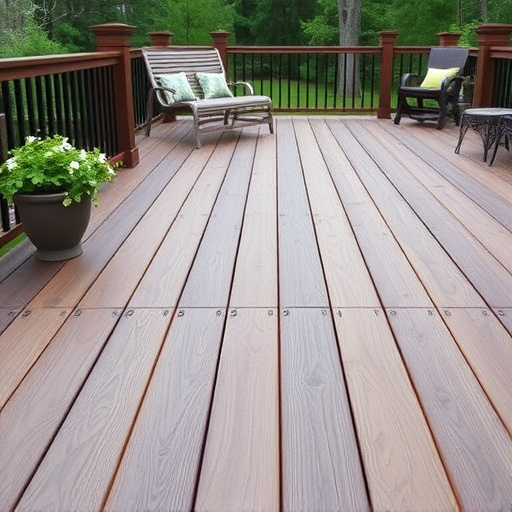
When it comes to deck railing installation, choosing the right material and design is a fundamental first step. Opting for high-quality materials ensures durability and safety, two key aspects for any outdoor living space. Consider the aesthetic appeal that aligns with your home’s style, whether it’s a modern look or a traditional feel. The right design not only enhances the beauty of your deck but also serves its intended purpose – providing a secure barrier to prevent accidents.
For long-lasting performance, select materials resistant to weathering and corrosion, especially if your deck is exposed to harsh weather conditions or storm damage repair needs. In addition to enhancing safety, a well-designed railing system can increase the value of your property. This is particularly relevant when considering siding repairs as part of home service solutions, as a visually appealing and structurally sound railing can complement your home’s exterior features.
– Selecting suitable materials for deck railing
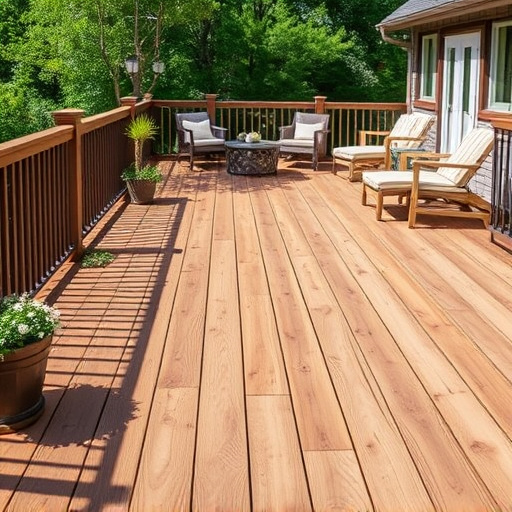
When it comes to deck railing installation, selecting the right materials is half the battle won. The key is to choose a durable and safe option that aligns with your climate and personal style. Stainless steel and aluminum are popular choices for their strength and resistance to rust, making them ideal for various weather conditions. Composite materials mimic wood’s appearance while offering better maintenance and longevity. Avoid using inferior materials like vinyl or pressure-treated wood, which can warp, rot, or become slippery over time.
Remember that your deck railing isn’t just an aesthetic addition; it’s a safety feature. Ensure the chosen materials meet local building codes and offer adequate strength to support the deck’s weight and prevent accidents. Moreover, consider coordinating your deck railing with your residential roofing and siding services for a cohesive look. Regular maintenance, including cleaning and inspection, is crucial, especially if you’ve invested in high-quality materials like aluminum or stainless steel, preventing issues that could necessitate costly siding repairs over time.
– Consideration of climate and environmental factors
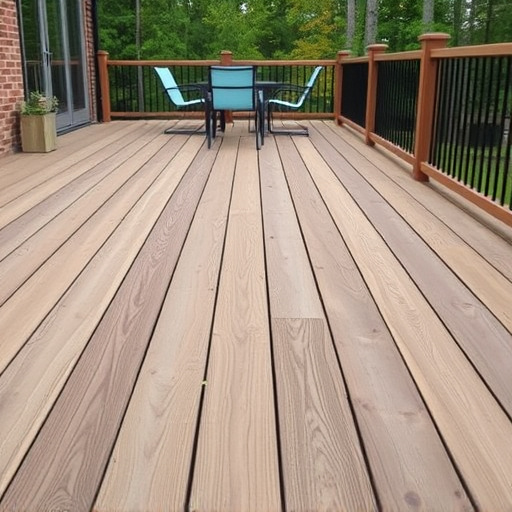
When planning and installing a deck railing, it’s crucial to consider climate and environmental factors that can impact its longevity and performance. Different materials have varying resistance to extreme temperatures, moisture, and UV exposure. For example, aluminum railings are highly durable in humid environments but may require additional coating for colder, drier climates to prevent corrosion. Wood railings, on the other hand, thrive in moderate weather conditions but demand regular maintenance, such as sealing or staining, to ward off rot and insect damage in wetter regions.
Moreover, understanding your local building codes is essential. Some areas mandate specific railing heights or materials for safety, especially around pools or elevated decks. Additionally, consider the region’s natural elements like strong winds or heavy snowfall, which might necessitate sturdier railings designed to withstand such forces. Consulting with a professional siding and roof repair service can help ensure your deck railing meets both aesthetic and structural requirements suited to your local climate.
When installing a deck railing, avoiding common mistakes is key to ensuring safety and aesthetic appeal. By carefully considering material choices tailored to your climate and design preferences, you can create a durable and visually pleasing railing system. Remember, the right preparation and attention to detail will result in a deck railing that enhances your outdoor space for years to come.
